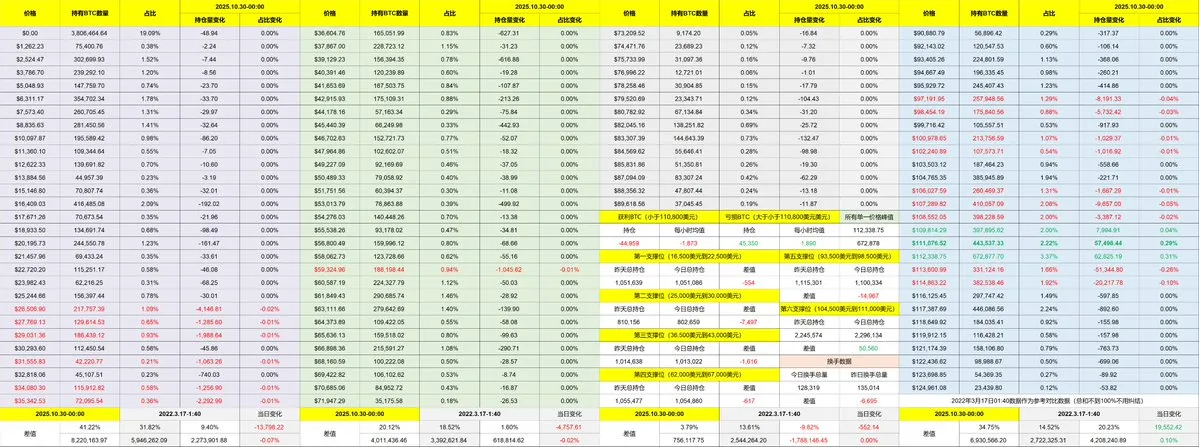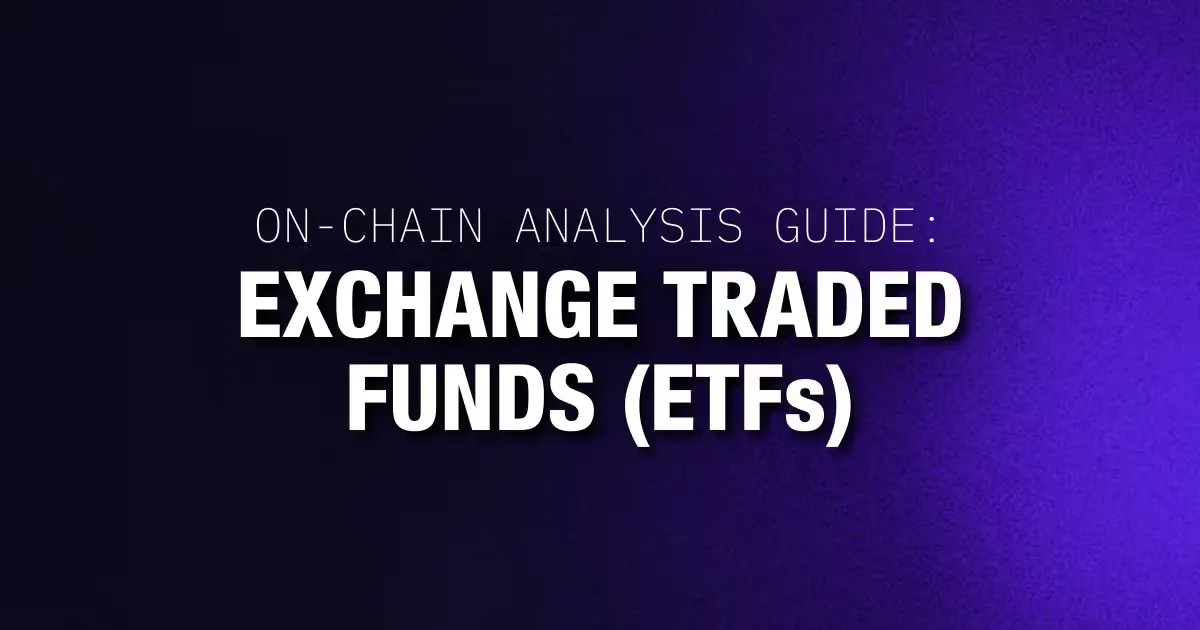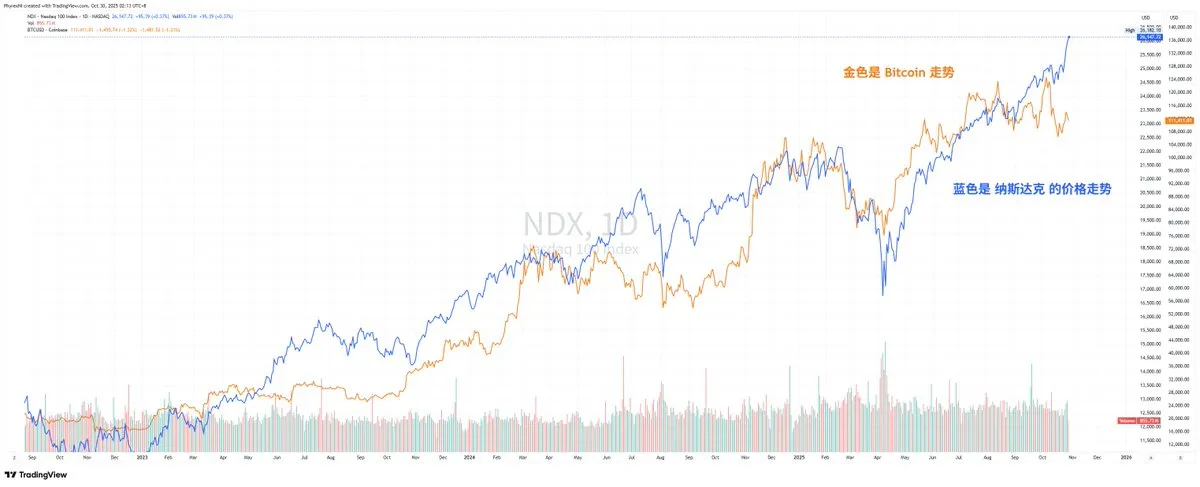My views on certain crypto stocks have remained unchanged from the beginning until now. Currently, those that can achieve the following points are few and far between:
- Can it be genuinely delivered? If it cannot be delivered, there is no possibility of arbitrage. The inability to deliver means that so-called "on-chain stocks" have no relation to real stocks; at best, they are just a counterfeit coin masquerading as a legitimate stock.
Because delivery is not possible, the prices of on-chain stocks and real stocks can hardly align. What’s more alarming is that when liquidity is insufficient, this gap can be very large.
The most famous example is when, on October 11, a certain gold product's price deviation broke through the roof. This time, the Ondo model and framework were reinforced by being supported by real stocks, and minting and redeeming can occur during U.S. trading hours.
- Where does liquidity come from? Many companies dealing in crypto stocks avoid discussing this issue. Although many use the PFOF (Payment for Order Flow) scheme, the reliance on PFOF mainly comes from market makers. How many market makers are there? Are they compliant? What is the liquidity of the market makers? All of this is unknown.
This means that if a platform has only one market maker, and that market maker goes bankrupt, then investors will lose everything. Ondo does not rely on on-chain liquidity pools but directly inherits the traditional stock exchange, supported by funds from traditional finance.
- Although there is talk of 24/7 trading, it is actually very difficult to solve the liquidity and price matching issues over the two weekend days. Therefore, it is still basically a 5x24 model, and using peer-to-peer transactions between users on weekends is currently a more reliable method.
Some data in this article is provided by Ondo.
免责声明:本文章仅代表作者个人观点,不代表本平台的立场和观点。本文章仅供信息分享,不构成对任何人的任何投资建议。用户与作者之间的任何争议,与本平台无关。如网页中刊载的文章或图片涉及侵权,请提供相关的权利证明和身份证明发送邮件到support@aicoin.com,本平台相关工作人员将会进行核查。




